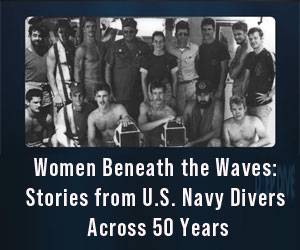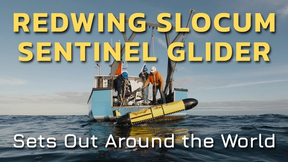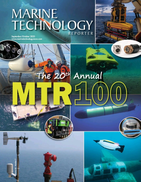Marine Technology Reporter Blogs - flowlines
Deepwater Flow Assurance – Part 1

Flow assurance is a relatively new term in oil and gas industry. It refers to ensuring successful and economical flow of hydrocarbons from reservoir to the point of sale and is closely linked to multiphase flow technology. Flow Assurance developed because traditional approaches were inappropriate for deepwater production due to extreme distances, depths, temperatures or economic constraints. The term “Flow Assurance” was first used by Petrobras in the early 1990s (Garantia do Escoamento in Portuguese), meaning literally Guarantee of Flow, or Flow Assurance. Flow assurance is an extremely diverse subject, encompassing many specialized engineering disciplines.
Subsea Flow Assurance and Pipeline Pigging

Pipeline pigging is actually a form of flow assurance for O&G pipelines and flowlines. This is because the use of pipeline pigging helps maintain subsea pipelines clear of unwanted material or debris that may build up in a pipeline and eventually cause the passage of O&G to slow or even stop altogether if the pipeline is plugged with these materials. This unwanted debris, such as wax and paraffin, when obstructing a pipeline's flow, may cause the subsea pipelines to crack, by increasing the pressure in the pipeline. A highly clogged pipeline section may also cause damage to other sections of the same pipeline, due to pressure increase along the line caused by the decrease in flow along the clogged pipeline section.
New Subsea Center in Rio – Facing Challenges and Meeting Industry Demands

With the continuous increase of subsea equipment and services companies setting up in Rio de Janeiro, including local companies, The State Government, through its State Office for Local Development (Secretaria Estadual de Desenvolvimento Econômico), has decided to create a subsea center in order to stimulate the sector and bring investments to subsea technology suppliers eyeing the Petrobras orders. Today there are around 35 subsea companies located in Rio (8 offering equipment and 27 offering services). These companies have a workforce of almost 1,200 employees, and the idea behind the subsea center is to attract suppliers and investors for these companies.
Anchoring Flowlines, FPSOs and Rigs in Deepwater – The Torpedo Pile

Among the many challenges facing E&P in the Brazilian deepwater pre-salt plays, is that of anchoring the flowlines, platforms, FPSOs and even buoys to the seabed which can be over 2000 meters deep. Petrobras has developed a simple and efficient method of doing this through the Torpedo Pile.In the case of the deepwater pre-salt plays in Brazil, specially at the Santos Basin, the distance from land to some of the proven plays like Tupi and Iara, which are around 300km from shore and pose complex logistics problems even on surface structures. Challenges, such as how to anchor a deepwater rig or FPSO to the seabed 2,200 meters down must be resolved. It is a long distance for anchors to travel, normally four or more anchors are used and these anchors need to be aligned.
Deepwater Challenges: SUT Technical Conference, Rio 2010 - Day 2

The Society for Underwater Technology Technical Conference in Rio de Janeiro discusses the main challenges to be faced in Deepwater O&G exploration and examines the many possible solutions through technological innovations. Summary of the first presentations during the second day of the conference.The second day of the SUT Technical Conference started off with keynote speaker David Brookes, Chief engineer Subsea and Floating Systems for BP. Mr. Brookes has been with BP since 1979 and has been in various subsea related positions within the company, been an acknowledged specialist is subsea system. His was an inspiring presentation about the perspectives on subsea development…



 August 2025
August 2025



